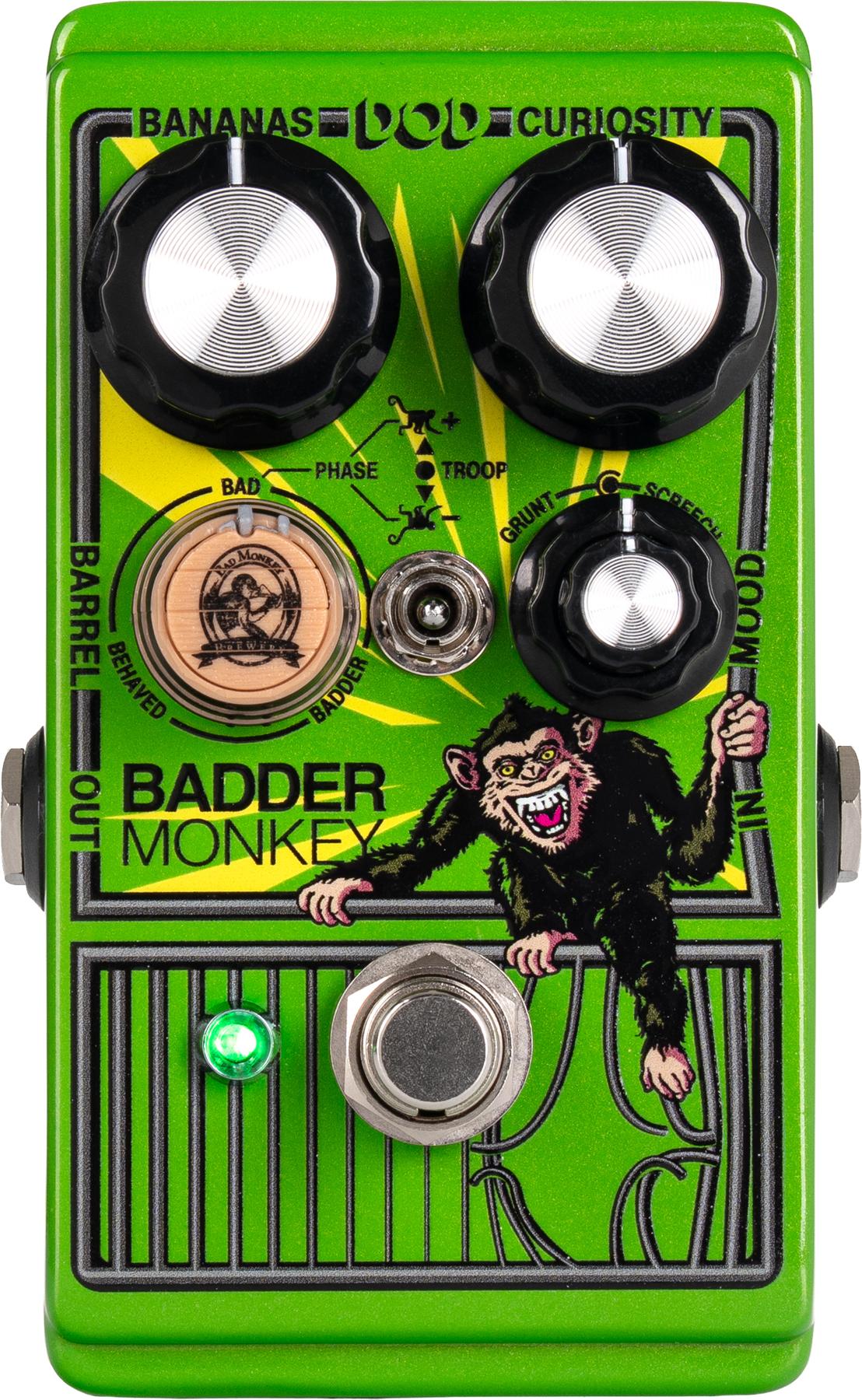Martin Guitar announces additions to the award-winning Junior series with the first JuniorBass models and a new 000CJR-10E StreetMaster.
DJR-10E Bass

Martin Junior Series instruments are slightly smaller than our full-sized instruments, but you won’t have to sacrifice tone or volume, and you’ll gain plenty of comfort and portability. This Martin DJR-10E acoustic-electric bass is ideal if you love to write and practice on an unplugged bass but also need the option to plug it in to record or play live with your band. It includes a spruce top and sapele back and sides to deliver thumping Martin bass tones, whether you are unplugged or using the built-in Fishman electronics. It also includes a fast, comfortable neck so you can keep the rhythm section tight. The DJR-10E Bass is strung with Martin short-scale bass strings that are made specifically for this instrument. List price: $749.
DJR-10E Bass Burst

Martin Junior Series instruments are slightly smaller than our full-sized instruments, but you won’t have to sacrifice tone or volume, and you’ll gain plenty of comfort and portability. This Martin DJR-10E acoustic-electric bass is ideal if you love to write and practice on an unplugged bass but also need the option to plug it in to record or play live with your band. It includes a spruce top with a gorgeous burst finish and sapele back and sides to deliver thumping Martinbass tones, whether you are unplugged or using the built-in Fishman® electronics. It also includes a fast, comfortable neck so you can keep the rhythm section tight. The DJR-10E BassBurst is strung with Martin short-scale bass strings that are made specifically for this instrument. List price: $749.
00CJR-10E Bass

Martin Junior Series instruments are slightly smaller than our full-sized instruments, but you won’t have to sacrifice tone or volume, and you’ll gain plenty of comfort and portability. This Martin 000CJR-10E acoustic-electric cutaway bass is ideal if you love to write and practice on an unplugged bass but also need the option to plug it in to record or play live with your band. It includes a spruce top and sapele back and sides to deliver thumping Martin bass tones, whether you are unplugged or using the built-in Fishman® electronics. It also includes a fast, comfortable neck so you can keep the rhythm section tight. The 000CJR-10E Bass is strung with Martin short-scale bass strings that are made specifically for this instrument. List price:$749.
000CJR-10E StreetMaster

Enjoy the delicately balanced sound of an auditorium-style guitar in a smaller, more playable size with the 000CJR-10E StreetMaster. Its distinctive, distressed finish has a comfortably worn look that feels as if it’s an old friend you’ve been playing for years. But it doesn’t just look cool; this instrument is super-comfortable and playable, thanks to a thinner body and a high-performance neck taper. And when you climb on stage or step into the studio, Fishman Sonitone electronics make it easy to plug in and play your heart out. Whether it’s your first guitar or the one you take to gigs, the 000CJR-10E StreetMaster will take you to new musical places. List price: $749.
For more information, please visit martinguitar.com.








![Rig Rundown: Russian Circles’ Mike Sullivan [2025]](https://www.premierguitar.com/media-library/youtube.jpg?id=62303631&width=1245&height=700&quality=70&coordinates=0%2C0%2C0%2C0)













